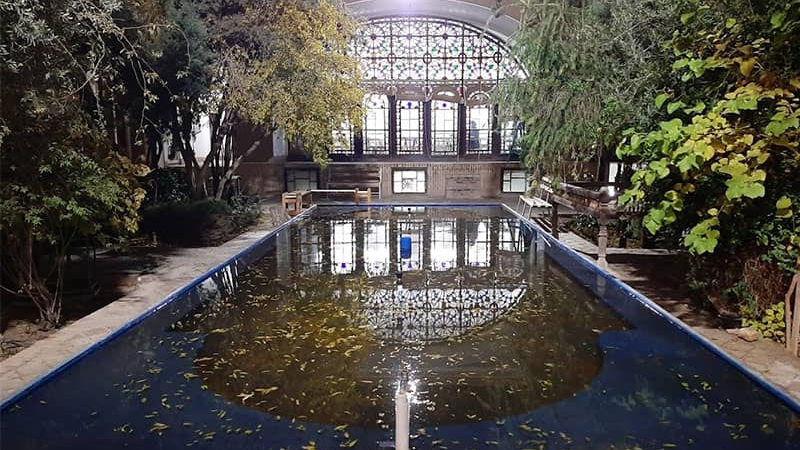
Zarivar Lake of Marivan
The Zarivar Lake of Marivan, which is also known as “Zaribar”, is one of the most important tourist attractions of Kurdistan Province. The name Zarivar is composed of two words “Zari” or “Zaria” which means sea and the suffix “Var” or “Bar”, which together mean “lake”. Thus, Zarivar, which is also recorded as Zerehbar and Zarbar in the documents of the Qajar era (19th century AD), means lake and underwater land in the Kurdish language. Alternatively, this name has probably been derived from the belief of the common local people that the cursed city of Sodom is buried under this lake. The presence of high mountains and oak forests has doubled the beauty of this lake.
Geography of the Zarivar Lake
Zarivar Lake, which is also referred to as a wetland due to its special ecosystem, is located about three kilometers northwest of Marivan City and about 25 kilometers from the Iraqi border. This lake is located at an altitude of 1285 meters above sea level. The lake is oval in shape and the curvature of its western side is the result of the accumulation of sediments that enter this part of the lake from the surrounding rivers.
The maximum length of the lake is 4800 meters (and 8700 meters of border vegetation) and its maximum width is 2100 meters (and 4400 meters of border vegetation). The deepest point of the lake in the middle is 9.5 meters, depending upon the level of water at different times of the year. The water of the lake is provided by atmospheric rains, seasonal rivers, and the springs that exist around and at the bottom of the lake.
Flora and Fauna of Zarivar Lake
The reeds around the lake have given it a wetland view. All kinds of animal species including reptiles, birds, amphibians, and fish live in this lake and the vegetation around it. Until 2009, hunting was free in Zarivar Lake, but it was then designated as a wildlife sanctuary and protected area.
Features of Zarivar Lake
Zarivar Lake is one of the most important tourist attractions in western Iran. Zarivar or Zaribar freshwater lagoon is located 130 kilometers northwest of Sanandaj, the capital of Kurdistan Province, and three kilometers west of Marivan City. This lake is one of the wintering and hatching centers of migratory birds.
Due to the existence of rare animal and plant species, this lake and its surroundings were introduced as a natural sanctuary in 2010 AD. White tern, ferruginous duck, common pochard, stork, large and small grebes, Eurasian teal, Eurasian wigeon, gray heron, coot, spotted cuckoo, and graceful prinia are among the species of Zarivar birds, among which “spotted cuckoo”, and “graceful prinia” are considered rare species.
“Western marsh harrier” and “common kestrel”, too, are some of the hunting birds of prey of Zarivar Lake. So far, five species of phytoplankton and 17 species of zooplankton have been identified in the waters of this lake. Spotted capoeta, common capoeta, medusafishes, Danube bleak or Caspian shemaya, and gambusia are native fishes and grass carp, common carp, bighead carp, and silver carp or phytophagous are non-native fishes of Zarivar Lake.
Beaver, red fox, wild pig, rabbit, boar, wild cat, and brown bear have also been seen around the Zarivar Lake. Reptiles, too, live around the Zarivar Lake, most of which are snakes. Dice snake, Coluber jugularis, Coluber najadum, Coluber rhodorhachis, Coluber karelini, and Spalerosophis d.schirazianus are non-poisonous snakes, while pit viper and Kurdistan viper are poisonous species of snakes around the lake. Apart from snakes, other reptiles such as Lacerta, Gecko, and Agama also live in this area.
Lake Zarivar During the Year
Considering its ecological functions, the Zarivar wetland is considered a regulator of the water system and a habitat for plants and animals, especially water birds. Zarivar Wetland is one of the few freshwater wetlands in Iran, which is mainly fed through numerous springs in the western part and the bottom of the wetland.
Because of the cold air and the freshness of its water, a layer of ice covers the surface of this lake in winter. The weather in the region is mild in spring and summer and very cold in autumn and winter.
Experiments conducted on various samples show that Zarivar Wetland was probably created more than 20 thousand years ago in cold weather conditions. According to the residents, Zarivar is a legendary lake full of secrets and stories. The most famous one is the existence of a city buried under the water of this lake.
Zarivar Lake of Marivan was inscribed on the list of Iran’s national natural heritage in the year 2010 AD.
The Zarivar Lake of Marivan, which is also known as “Zaribar”, is one of the most important tourist attractions of Kurdistan Province.
| Name | Zarivar Lake of Marivan |
| Country | Iran |
| State | Kurdistan |
| Type | Historical |
| Registration | National |
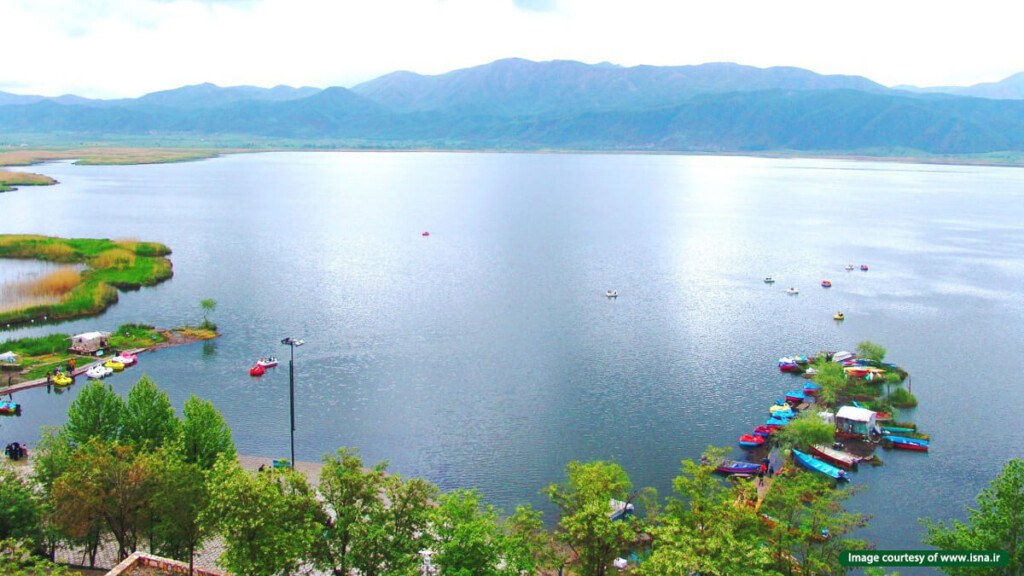
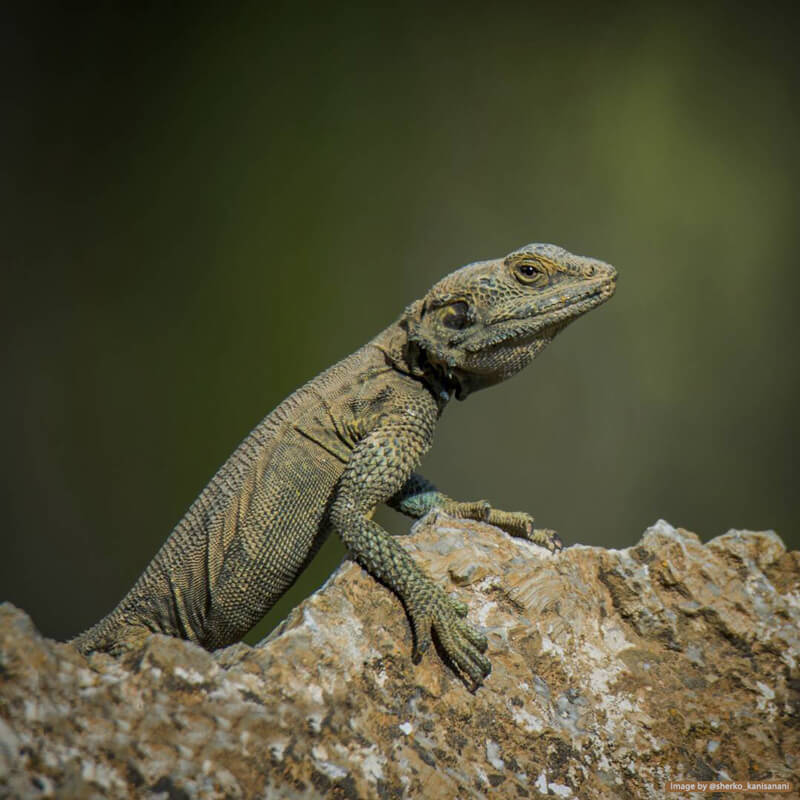
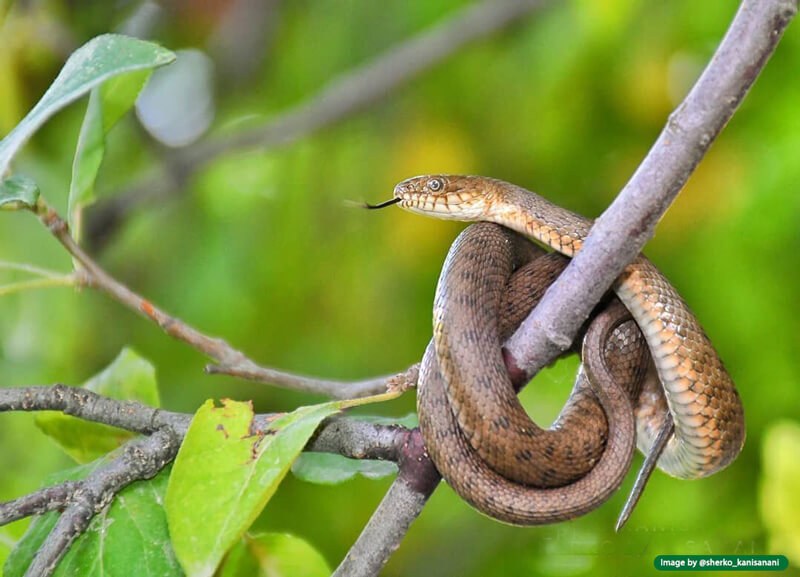
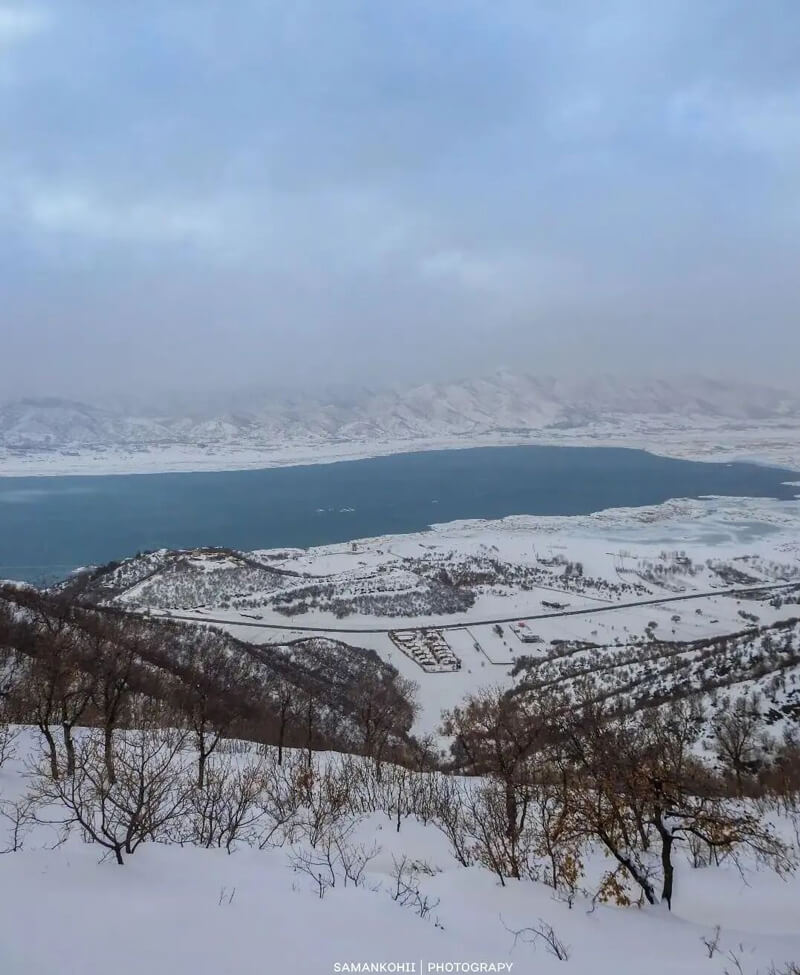
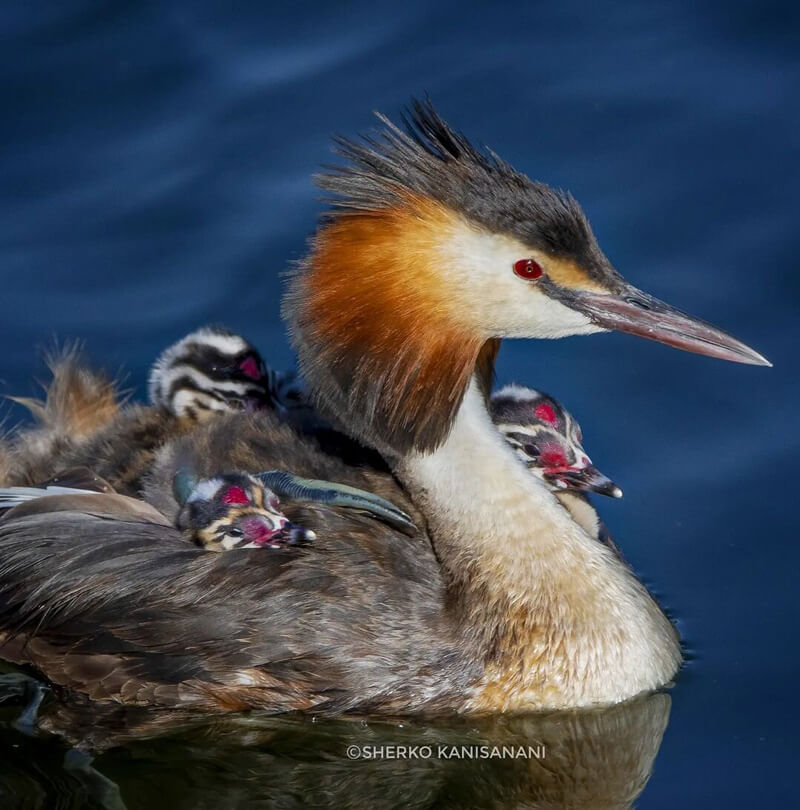





Choose blindless
Red blindless Green blindless Blue blindless Red hard to see Green hard to see Blue hard to see Monochrome Special MonochromeFont size change:
Change word spacing:
Change line height:
Change mouse type:
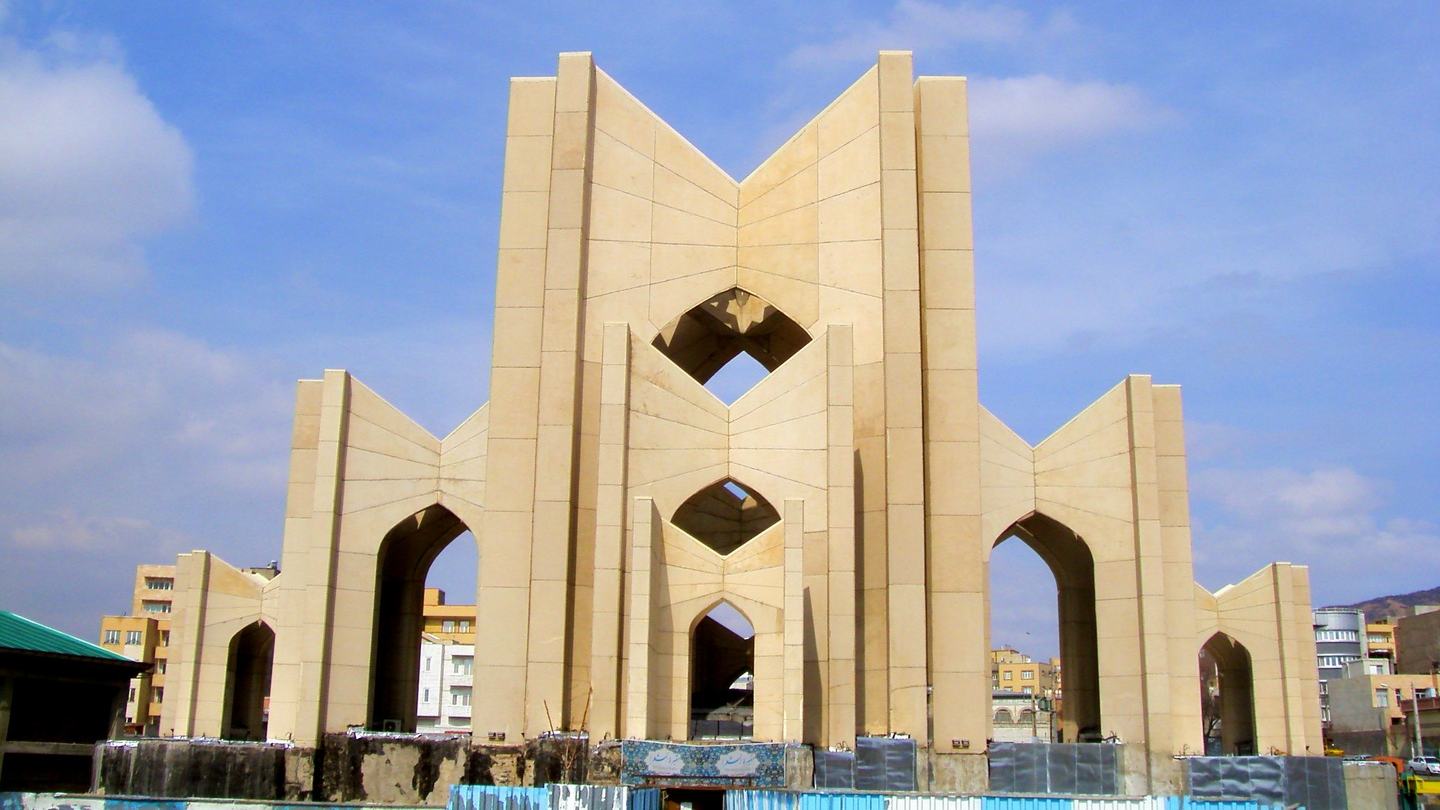
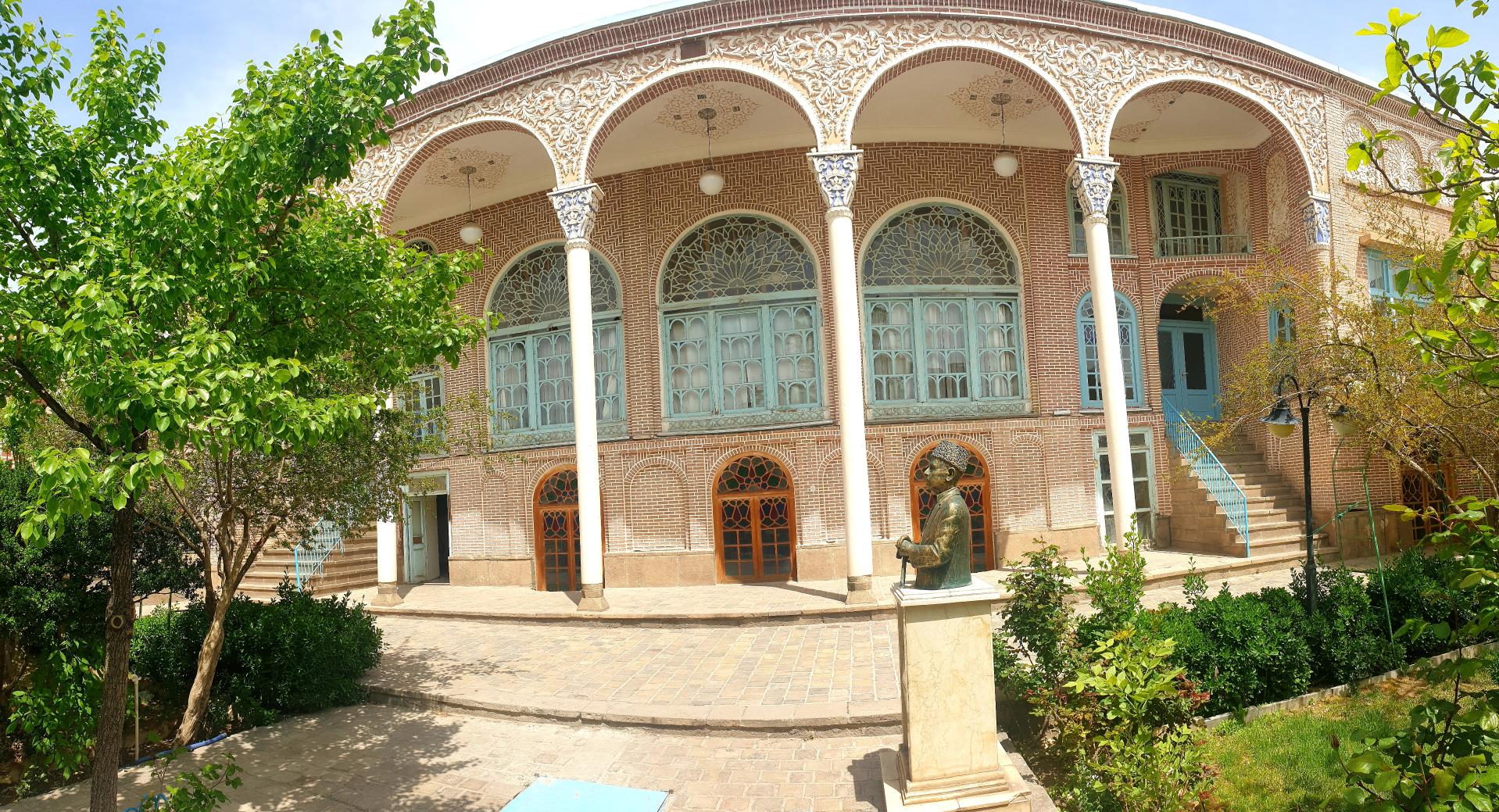
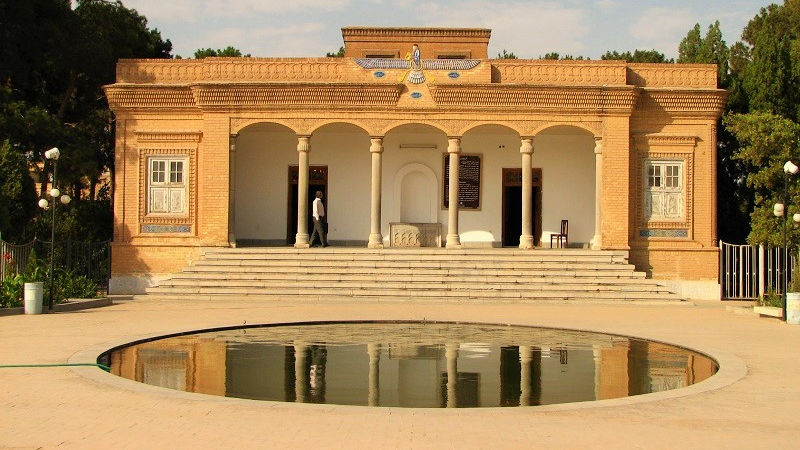
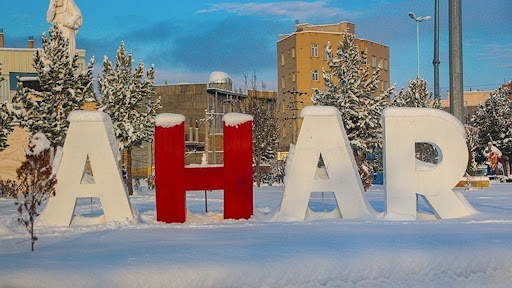
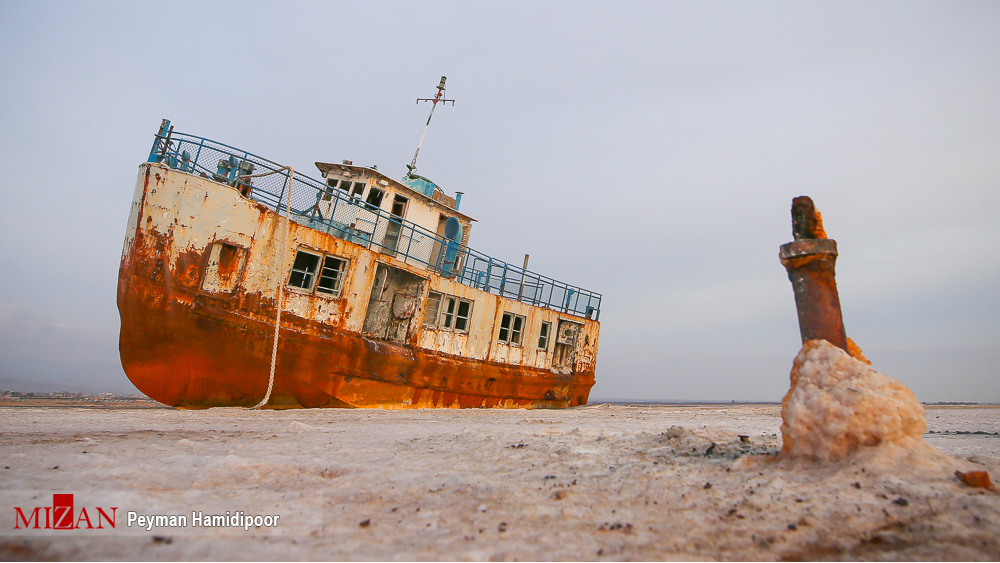
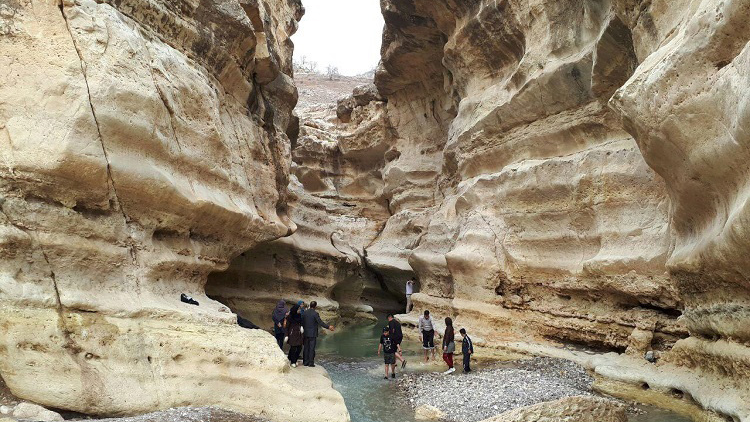
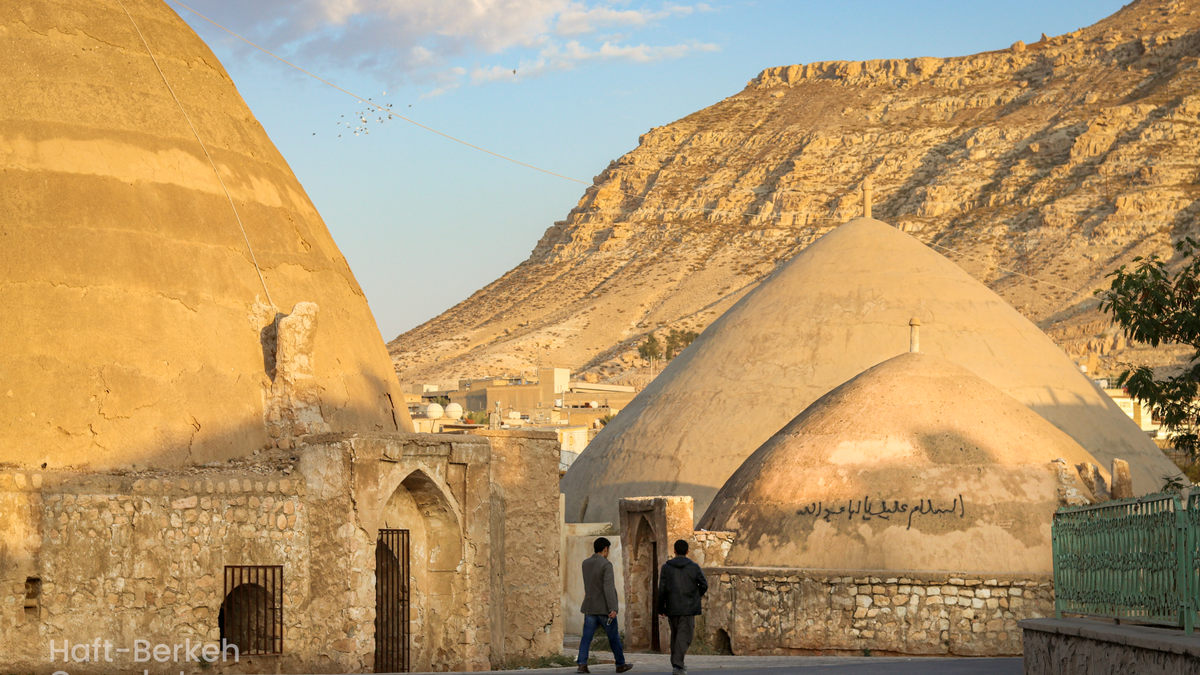
_crop_2.jpg)

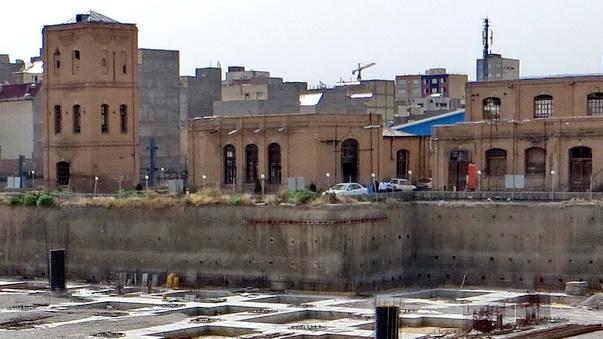

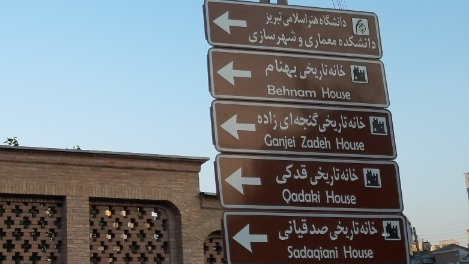
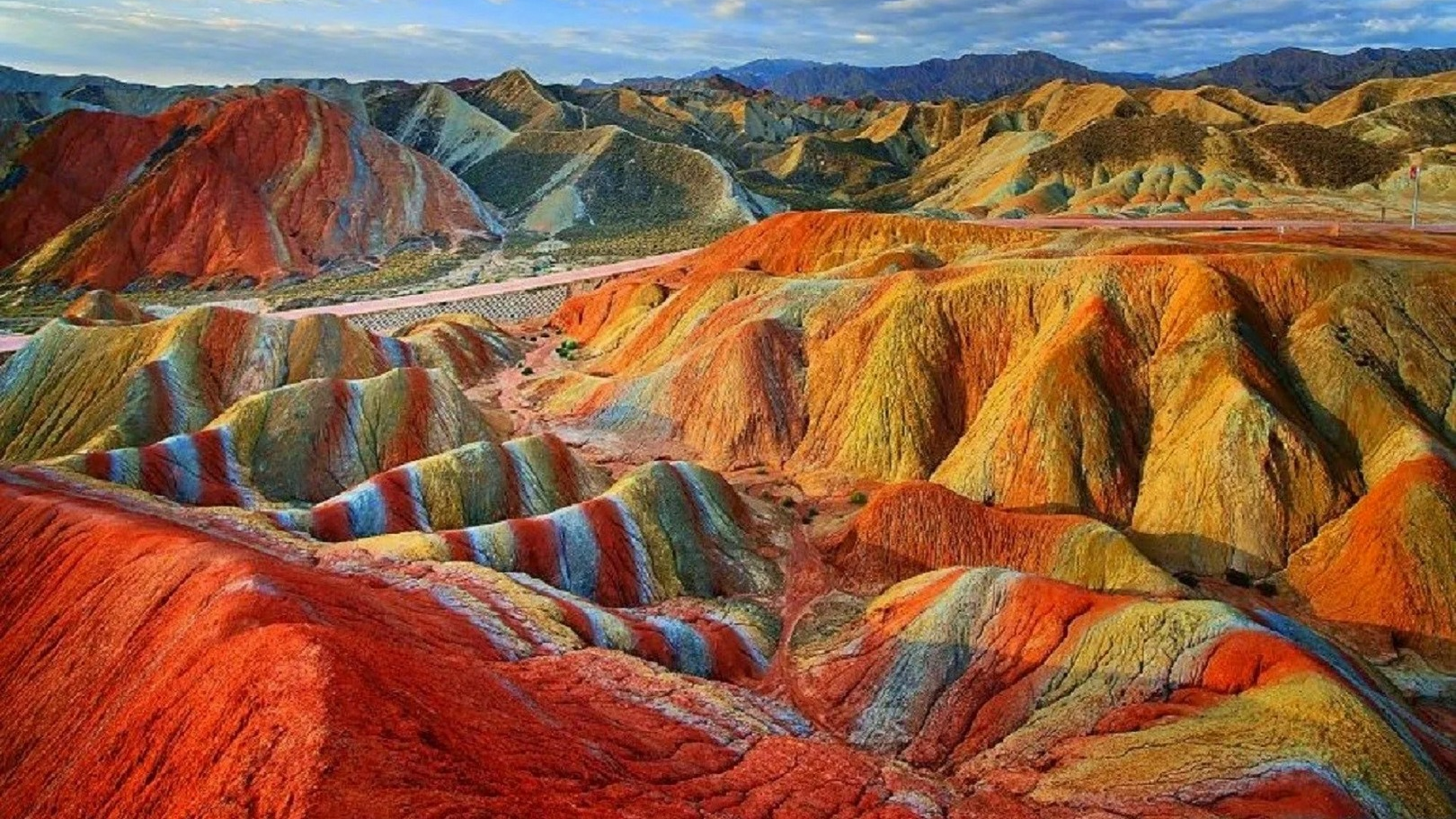
_crop_3.jpg)
